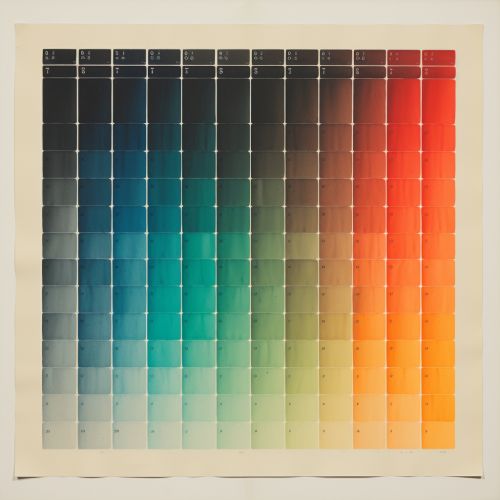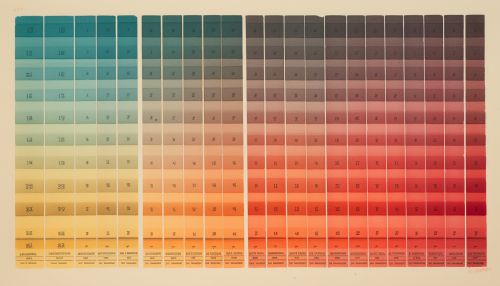Stroop Test
Introduction
The Stroop Test is a psychological test of our mental (attentional) vitality and flexibility. The test involves demonstrating the interference in reaction time of a task. When the name of a color (e.g., "blue," "green," or "red") is printed in a color not denoted by the name (e.g., the word "red" printed in blue ink instead of red ink), naming the color of the word takes longer and is more prone to errors than when the color of the ink matches the name of the color.


History
The Stroop Test, named after John Ridley Stroop, was first described in his Ph.D. thesis published in 1935. However, the phenomenon it demonstrates was first noted in Germany by J. M. Cattell in 1886. Cattell discovered that there is a lag in reaction time when the color of the ink and the name of the color do not match.
The Test
The Stroop Test is a demonstration of cognitive interference. In psychology, cognitive interference theories are theories about attention. In the Stroop effect, a delay in the reaction time of a task occurs due to the interference of an automatic process like the reading of a word with the task at hand, like recognizing the color of the font.
The test consists of three parts:
1. A page with words printed in black ink that are the names of various colors. The task is to read the words as quickly as possible.
2. A page with squares of different colors. The task is to name the colors as quickly as possible.
3. A page with words printed in a color of ink that does not match the color named by the word. The task is to name the color of the ink, not the word itself.
The Stroop Test measures the time taken to complete each page. The interference score is typically calculated as the time taken to complete the third task minus the time taken to complete the first task.
Stroop Effect
The Stroop Effect is the delay in reaction time between congruent and incongruent stimuli. The effect has been used to create a psychological test (Stroop Test) that is widely used in clinical practice and investigation.
A basic task that demonstrates this effect occurs when there is a conflict between different information your brain receives. For example, the name of a color printed in a color that does not match the name (e.g., "red" printed in blue ink).
Applications
The Stroop Test has been used in a variety of psychological experiments. It is used in tests of mental vitality and flexibility, brain damage, and the aging process. It is also used in the field of abnormal psychology to help diagnose different mental disorders such as ADHD and schizophrenia.
